Cold perfection: news on the data center cooling systems market
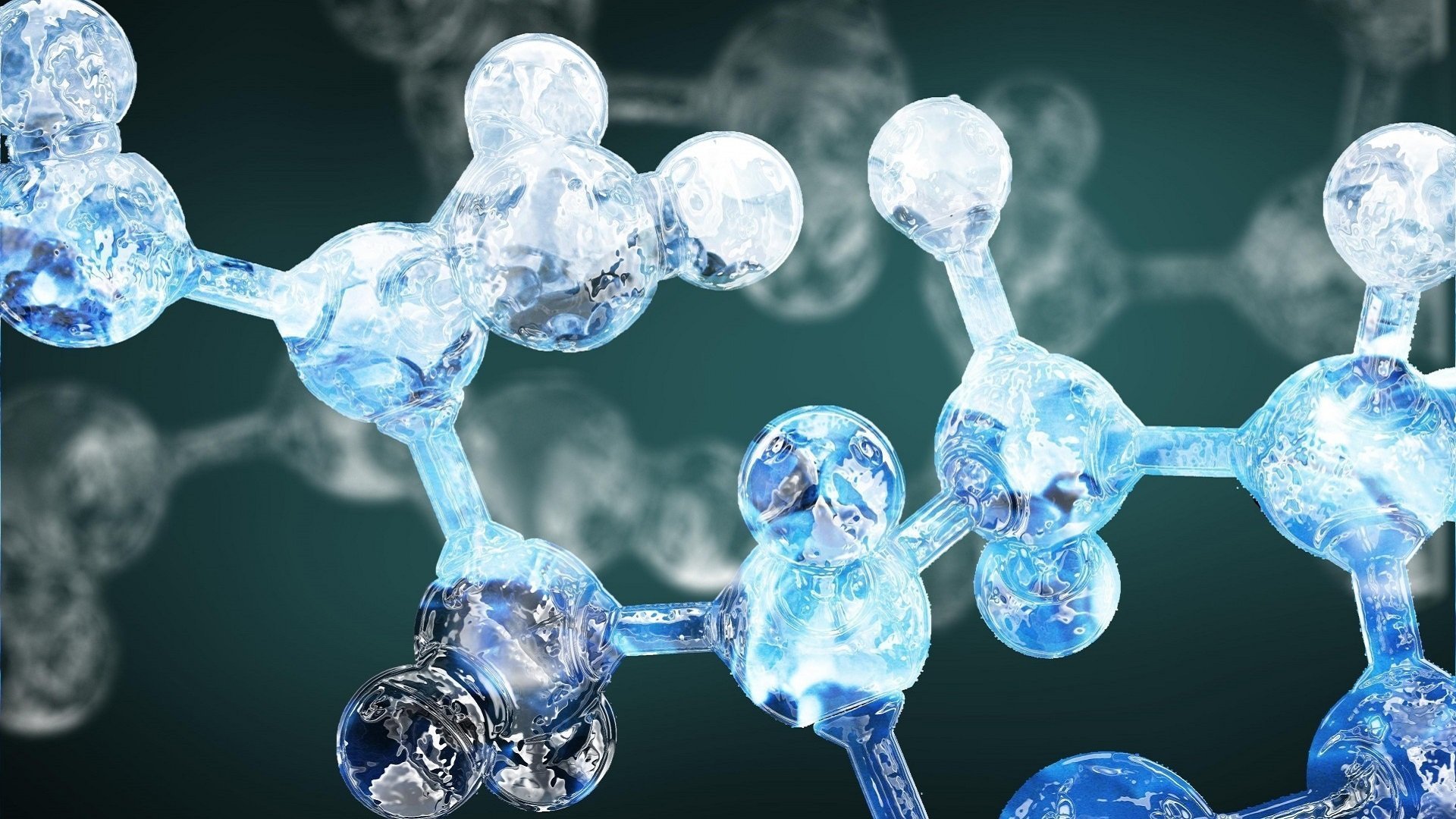
How much water will a typical data center use in two days? - Approximately as much as it would fit inside an Olympic-sized swimming pool (the volume of water in the pool bowl is 3,375 m 3 ). The figure is pretty impressive. And here a problem arises, because over the past decade, water, which is usually not considered an investment object, has risen by 12 percent. For example, gold since 1990 has grown by 7 percent in value. Therefore, the use of cooling towers to remove heat from the coolant through the evaporation of water is extremely uneconomical and wasteful.

')
Back in 2010, a consortium of The Green Grid , whose activity is aimed at developing standards in the field of energy efficiency of data centers (famous for creating a template for measuring energy efficiency (PUE) - a well-known metric for measuring energy efficiency of the data center), was presented to the WUE metric (Water Usage Effectiveness - water use efficiency), which is designed specifically for use in data center using water cooling.

This metric includes two mathematical models: standard WUE and WUE (source). WUE (source) takes into account not only the amount of water consumed at the location of the DC, but also the entire volume of water extracted from the source to generate energy consumed in the data center.
The metrics are designed to assist operators in the planning, design and operation of data centers. Some hyper-scale data centers, such as Facebook, have begun to publicly publish data on the wue of their data centers. But it cannot be argued that this metric is widespread.
At a high level, WUE is determined by dividing the annual water consumption by the amount of energy used by IT equipment. WUE units of measure - l / kW * h
Save on water consumption during the operation of server farms really; Understandably, the data center operators should take this initiative into their own hands. It is possible to reduce water consumption by the server cooling system by switching to more advanced technologies such as direct contact liquid cooling and immersion cooling (immersion cooling).
Such vendors as Asetek and Airflow1 , as well as the latest standard of the ACCA organization, offered their new initiatives to data center operators in order to achieve the desired result.
Asetek large order for RackCDU server liquid cooling systems
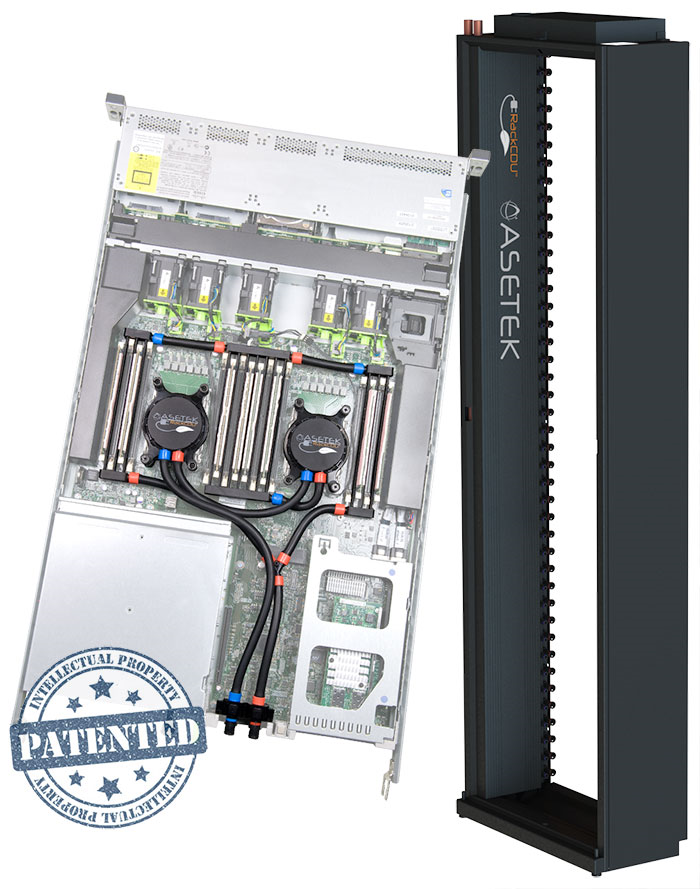
Asetek, a Danish manufacturer of liquid cooling systems for servers, workstations and high-performance desktops, continues to promote its liquid cooling systems through partnerships with well-known manufacturers of server hardware, such as Fujitsu, Cray and Ciara. Another partner of the vendor was an unnamed manufacturer of IT equipment, who ordered a batch of liquid cooling systems from the RackCDU line.
According to Asetek, approximately 80 percent of the heat generated by the server rack is removed directly with refrigerant. This heat can be used to heat the building, which makes the solution in question even more energy efficient. Integrated into the RackCDU, a software monitoring and control system allows you to display the collected data on wall displays. The screens display information about the monitoring of node performance, energy reuse, inlet and outlet fluid temperatures, as well as other statistical data obtained from the cooling system.
The Asetek solution also gives data center operators the ability to instantly change key parameters, such as refrigerant circulation rates, temperatures, and loads. This allows users to demonstrate virtually any system operation scenario, making it possible to evaluate appropriate levels of energy and performance savings.
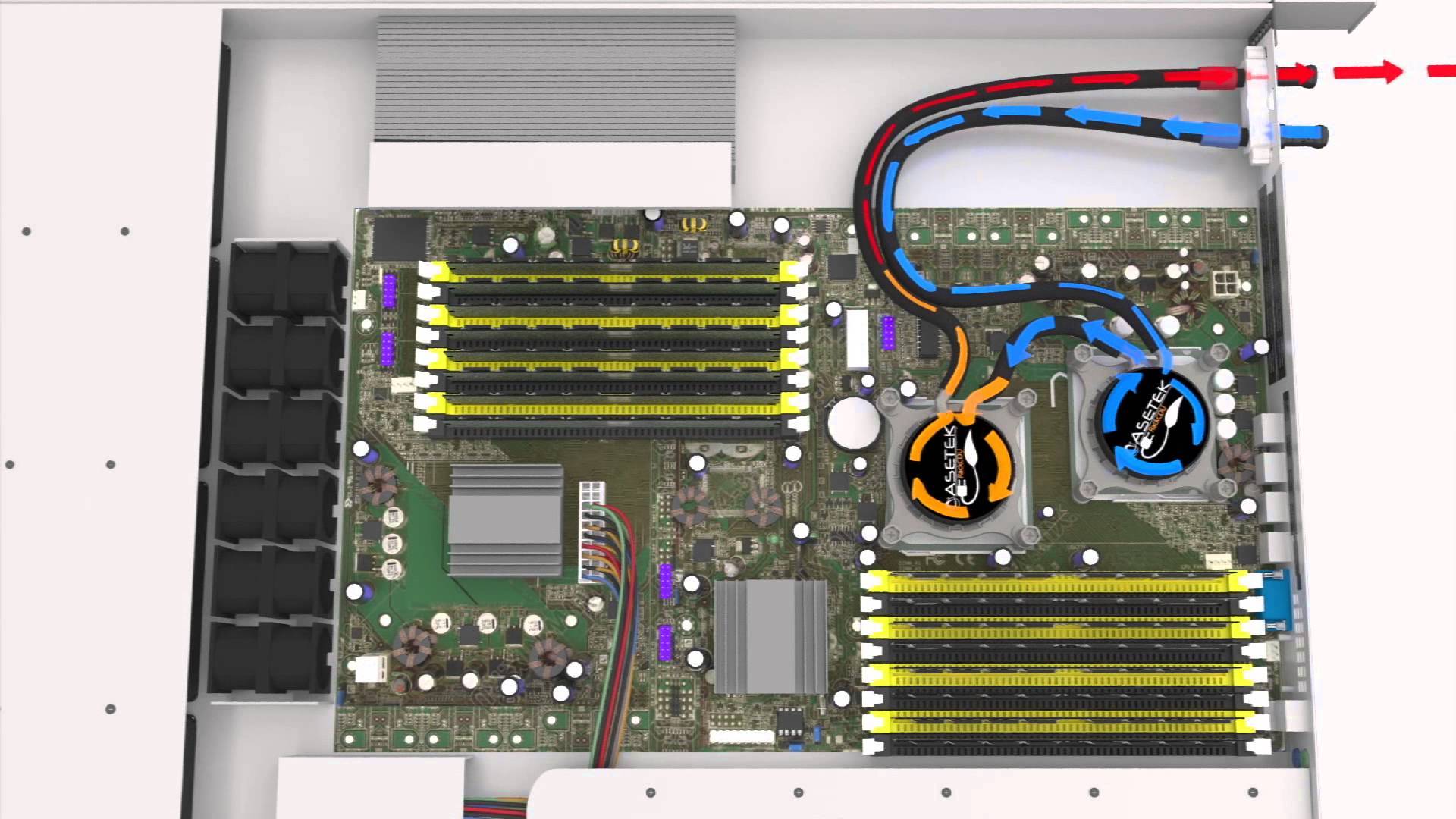
RackCDU D2C uses water at a temperature of about +40 degrees to remove heat from the central and graphics processors, server RAM modules. According to the results of tests conducted at the Lawrence Berkeley National Laboratory, the use of RackCDU D2C can reduce the cost of cooling the server infrastructure of the data center up to two times and reduce the total energy consumption of the data center by more than 20% compared to traditional air cooling. In addition, this technology allows to increase the density of servers in the data center from 2.5 to 5 times. In February of this year, the California Energy Commission signed a $ 3.5 million contract with Asetek to supply RackCDU D2C for its two data-center cooling systems.
Asetek tentatively expects the client to purchase more than 100 rack-mounted RackCDU units in the coming year. These racks can accommodate over 6000 computing nodes. Within 3 years of partnership, the volume of orders is expected to be more than 300 pieces.
The vendor will be busy with the order for another couple of months, and part of the proceeds will be spent on further refinement of the liquid cooling system.
“We have seen an increase in the relevance of liquid cooling systems for video cards over the years, and our new partnership with a large OEM vendor confirms the formation of an upward trend in the LSS market for GPU accelerators. This is the biggest victory in the company's history and an excellent example of the effectiveness of our long-term research and development programs, which require significant investments. We expect that the demand for liquid cooling systems for graphics accelerators will continue to increase, which will most positively affect Asetek’s revenues and business, ”said Andre Clos Eriksen, founder and CEO of Asetek.
Airflow1 promotes clogged air conditioner monitoring system

The company Airflow1 announced a monitoring system clogged air filters for air conditioners. The product is called CFM-GM. Thanks to this tool, owners of buildings in which air conditioning systems are installed will be able to receive notifications on the approaching optimal time for replacing air filters. Such a solution will help minimize the cost of repairs and maintenance of HVAC equipment, which will result in an increase in the overall reliability of the infrastructure of the building as a whole, while the cost of electricity will be reduced by maintaining the efficiency of air conditioners at an optimal level.


True, for the withdrawal of the device in mass production is not enough funding. Currently, the vendor is leading a fundraising campaign on the Kickstarter platform.

“Kickstarter’s mission is to help revive creative projects. We measure our success as a company by how well we accomplish that mission, not by the size of our profit. ” Kickstarter is a site for attracting end-user funds for the implementation of various projects on the crowdfunding system. At the moment, the most expensive game projects on Kickstarter are the console Ouya ($ 8.596.474), Project Ethernity ($ 3.986.929), Double Fine Adventure ($ 3.336.371), Wasteland 2 ($ 2.933.252), Torment: Tides of Numenera ($ 2,847,930; fundraising is not completed), Oculus Rift ($ 2.437.429) and Elite: Dangerous ($ 2.405.511). Crowdfunding is a collective fundraising by which people support the work of other people or organizations. Fundraising organizers must indicate the goals of the campaign, as well as the amount needed to complete the project. Participants are offered a variety of bonuses for financing projects - as a rule, these are copies of the final product and various bonuses (depending on the amount invested). If for a certain number of days the project does not collect the required amount, the money will be returned to the applicant's account. If the project has successfully collected the required amount, then Kickstarter will receive 5% of the amount as a commission.
Now the device is used in residential buildings, but if the project is successful on Kickstarter and the demand for CFM-GM increases, Airflow1 engineers are ready to optimize the system for working with more powerful air conditioners that are used in the data center.
The American Climate Contractors Association (ACCA) will assist in cleaning air conditioners
The Air Conditioning Contractors of America; ACCA has updated the ANSI / ACCA 6 QR standard “Restoring Clean Ventilation, Heating, and Air Conditioning”, a previous version of which was released in 2007.
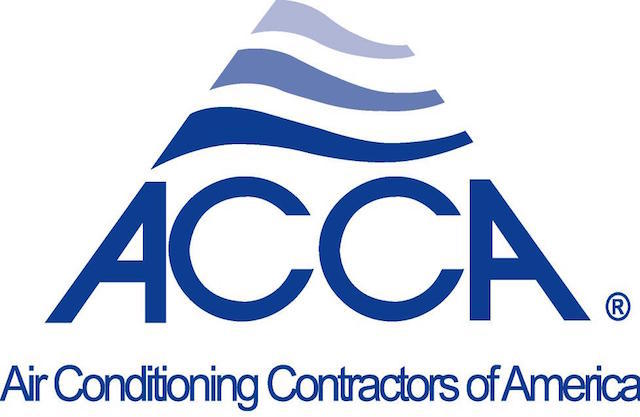
One of the key points of this standard: when cleaning any air conditioner section, the entire climate system should also be considered as a candidate for cleaning or, if necessary, a replacement, which completely eliminates the potential for cross-contamination inside the system.
Tom Yacobellis, a long-term specialist in the duct cleaning market, considers:
There is an objective need for this type of service, in addition to repairing and restoring the system as a result of fire or other environmental damage, which is also taken into account by new standards. Air conditioning restoration is the missing segment in the climate market. Many systems lacking proper service are still too “young” to replace, but their functional state is already beyond the scope of traditional maintenance as a means of maintaining their performance. Since the dawn of the century, the air conditioning business has been in installation, maintenance and repair. In the process of developing this standard, as well as the ASHRAE 180 standard for the maintenance of air conditioning systems, I was able to establish the reason for the climate contractors not understanding the existence of this business - in fact, the difference between maintenance and “restoration”. There are serious contradictions regarding this concept. ”
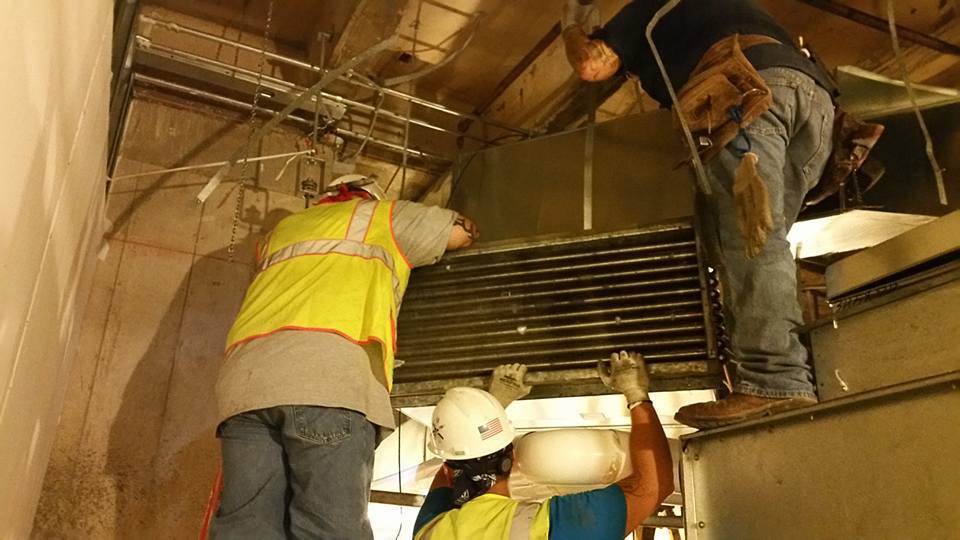
The document was revised to simplify the instruction set, clarify terminology and update information on relevant standards. It describes the minimum requirements for restoring cleanliness of heating equipment for residential and commercial buildings. The updated standard allows to assess the purity of such equipment, monitor the spread of pollutants and analyze the work surfaces for the need for their cleaning, repair or replacement.
Source: https://habr.com/ru/post/269697/
All Articles